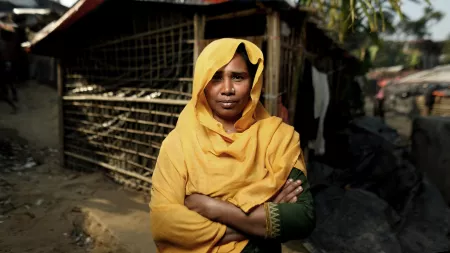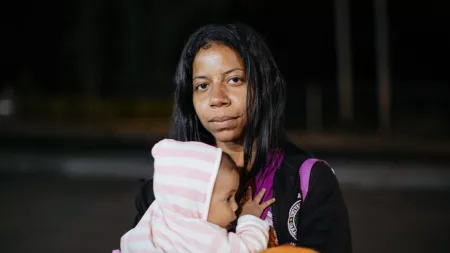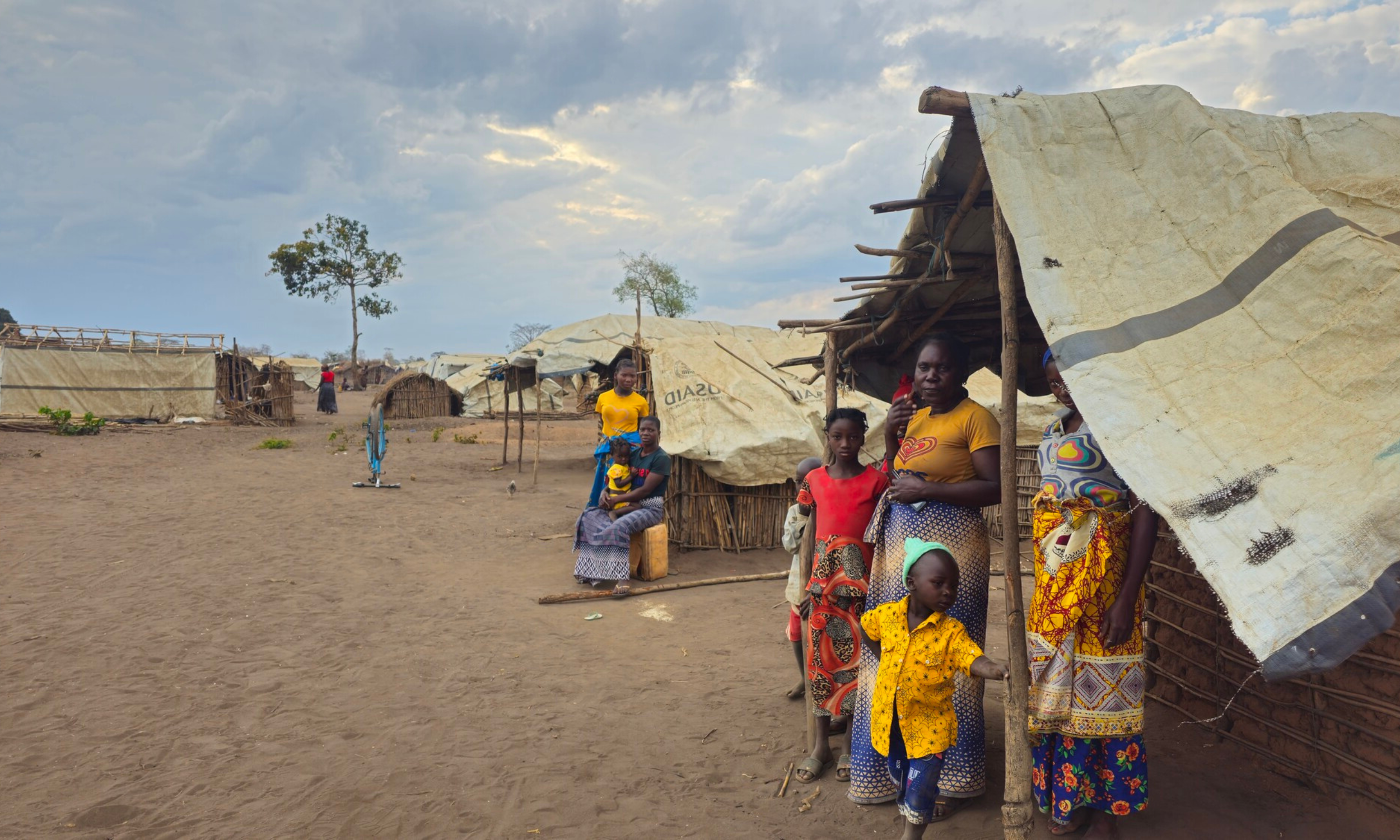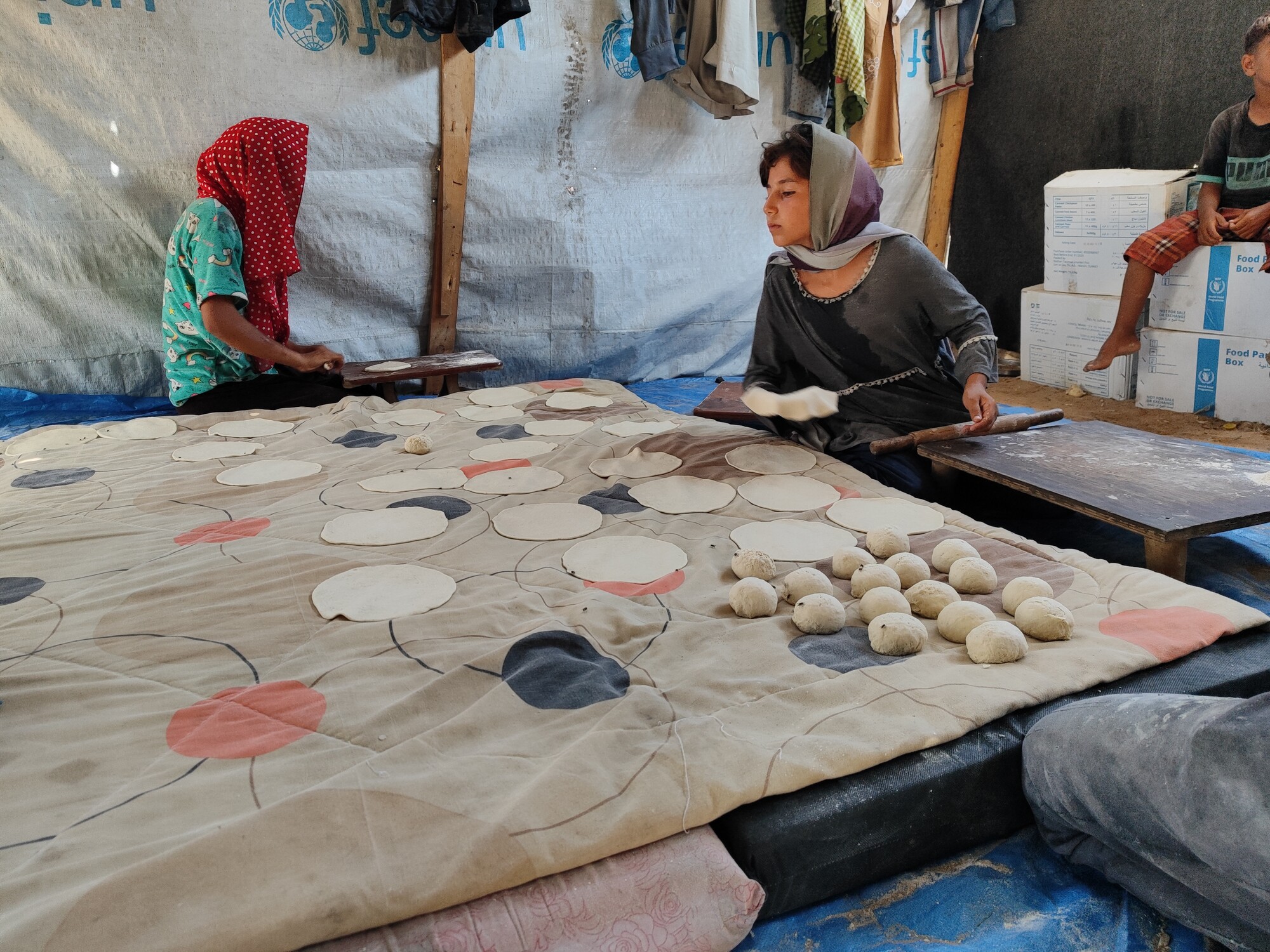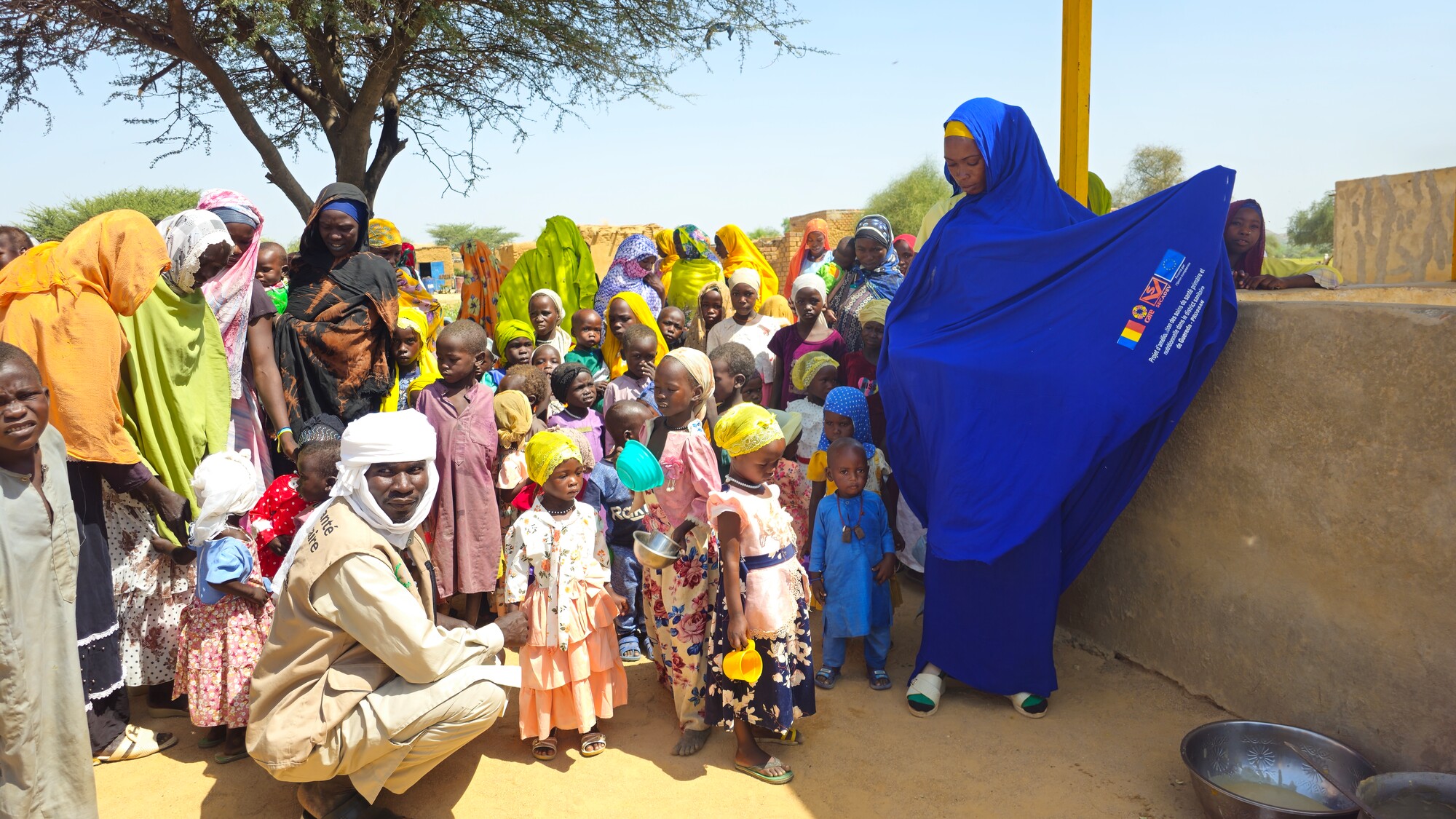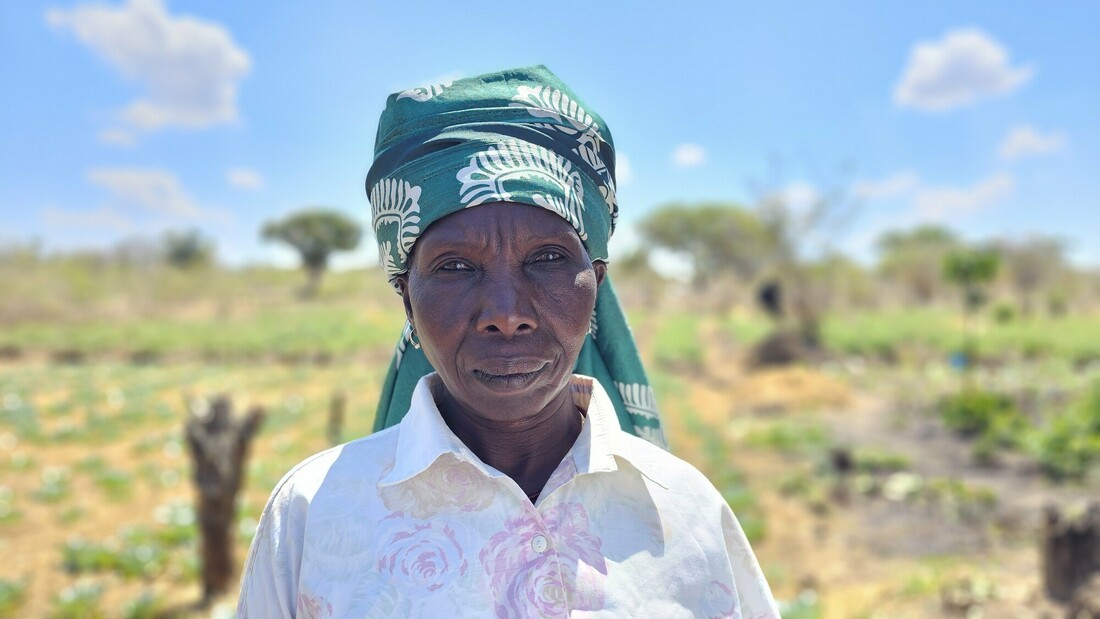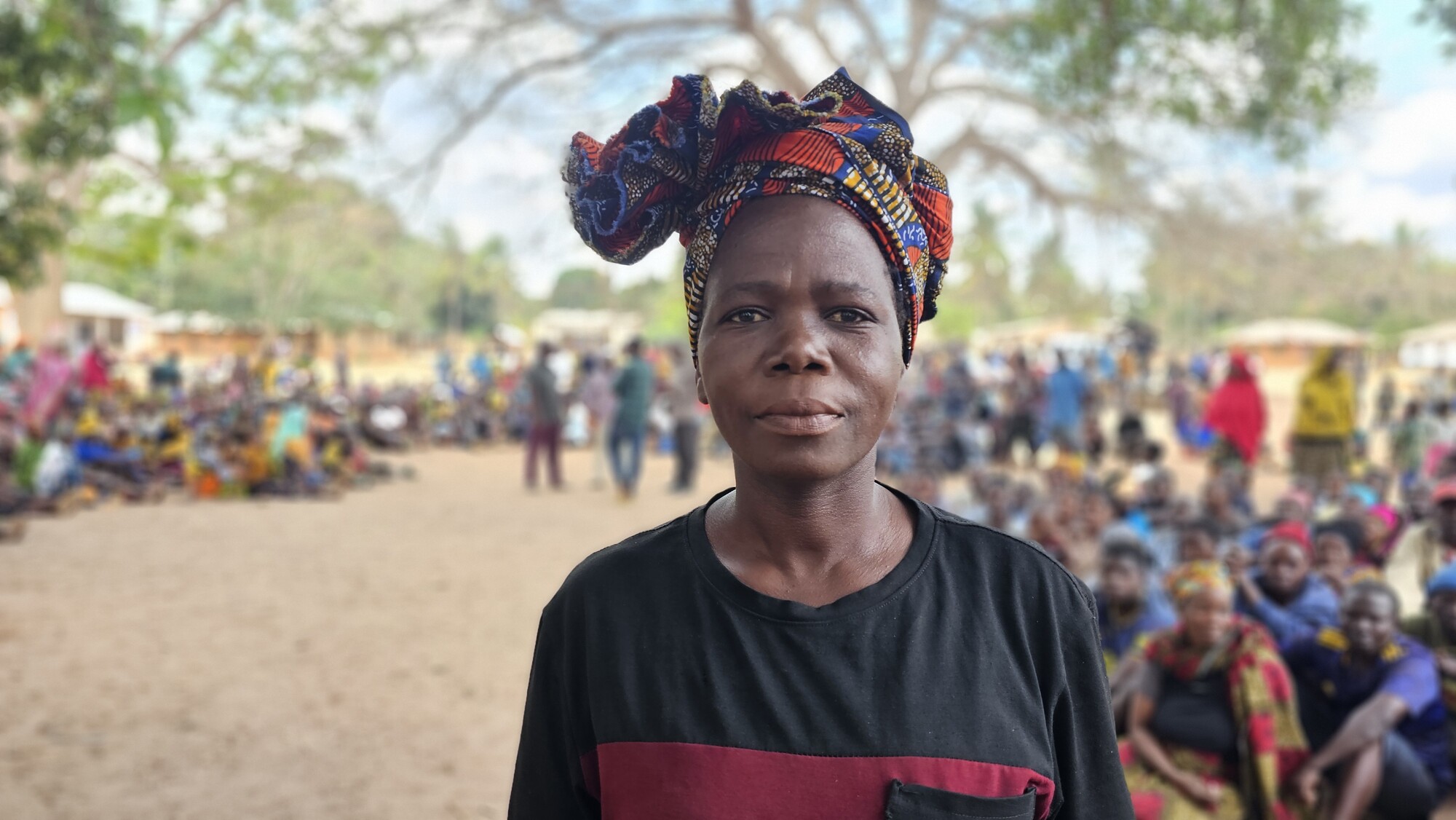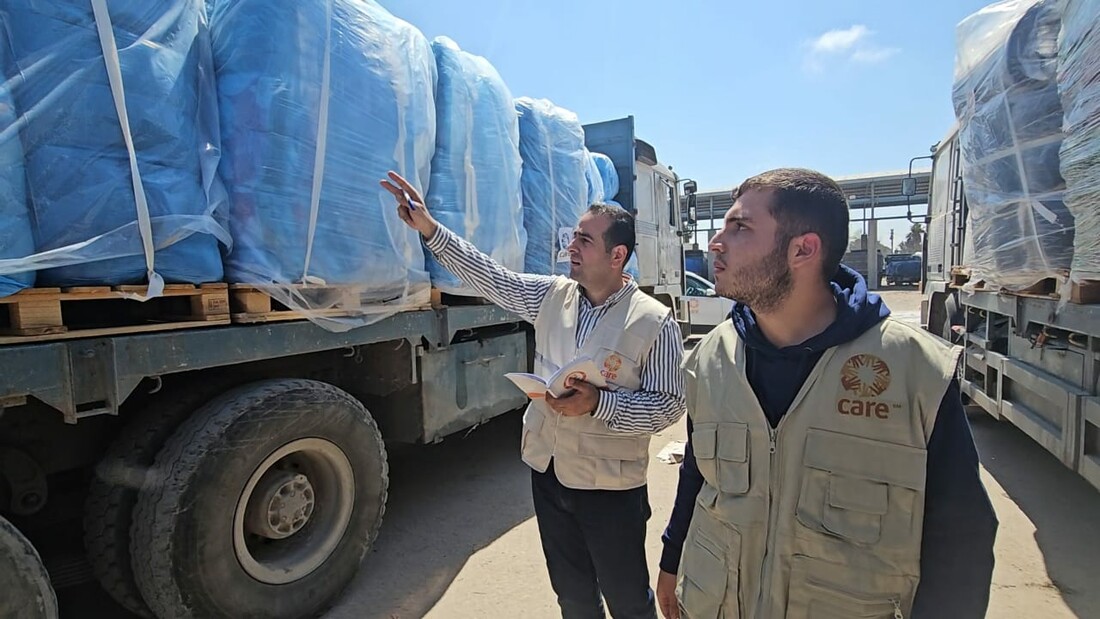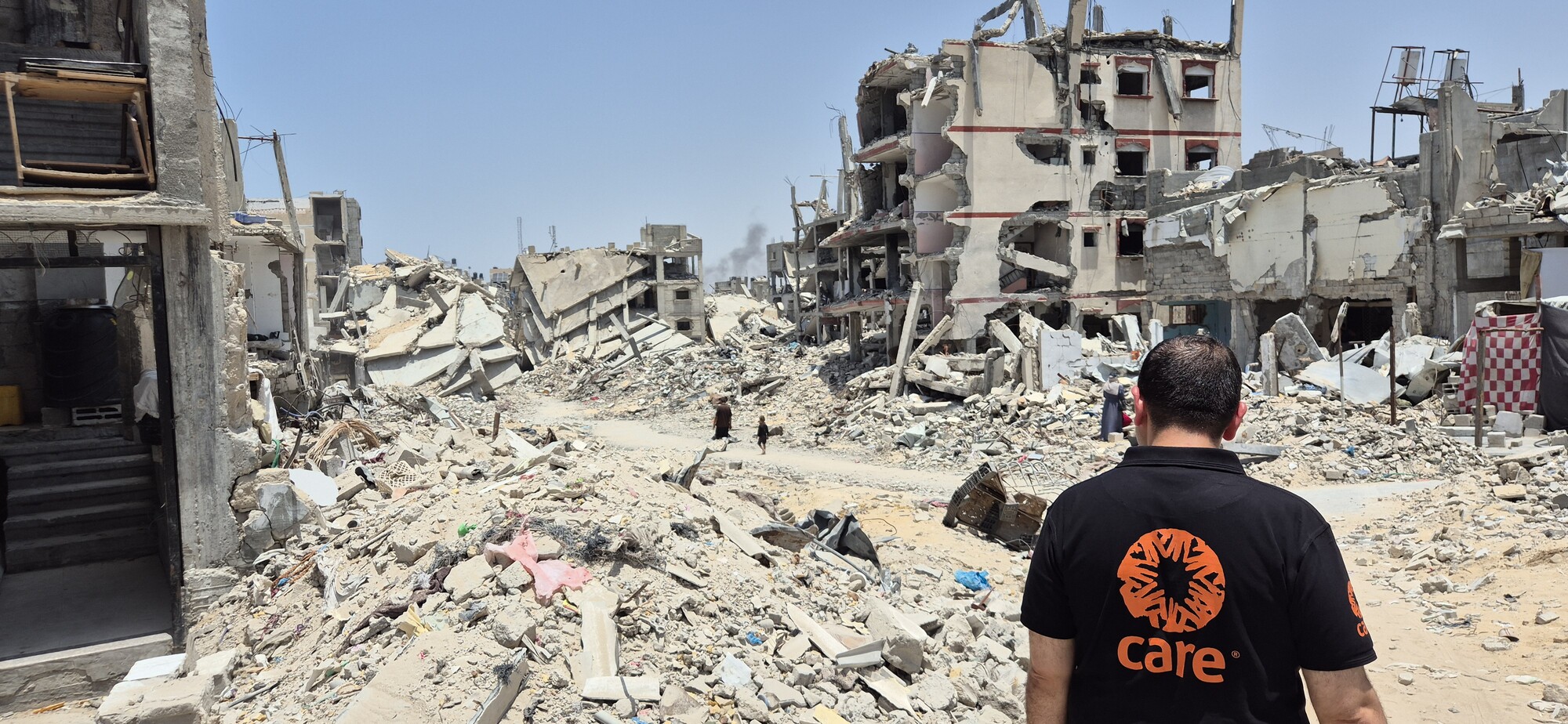An unprecedented need for humanitarian aid
The number of people in need of humanitarian assistance globally is at unprecedented levels, exacerbated by the climate emergency, conflict and the ongoing COVID-19 pandemic. Up to 811 million people in the world are currently facing food insecurity and over 1% of the global population is now displaced.
Women and girls are disproportionately affected by crises, and in ways that differ to men. Despite this, they are typically left out of humanitarian coordination, assessments, decision-making, and planning procedures. Our experience tells us that women are frequently the frontline responders within their communities when a crisis strikes, and they possess valuable knowledge, influence and expertise on what is needed. This is why CARE International has a special focus on understanding and addressing the power and gender imbalances that affect women and girls in crisis situations and prioritizes working with women’s organizations to lead the response.
What is CARE International doing to respond to humanitarian crises?
CARE International and our partners prepare for and respond rapidly, at scale, to sudden onset natural disasters, protracted and complex crises (as well as shocks within them), and public health emergencies and their secondary impacts.
CARE International plays a leading role in transforming the humanitarian sector by putting gender at the center of our responses. We use specific approaches that protect people’s dignity, and build resilience and social cohesion in communities before, during, and after an emergency. Our core humanitarian sectors are:
By working with local partners, CARE provides quality and gender-focused humanitarian assistance to 10% of those affected by major crises, with a goal to reach at least 50 million people by 2030.
Our programming is:
- Gender-responsive and intersectional
- Conflict-sensitive and safe
- Inclusive
- Locally led
Since 2016, about half of our humanitarian programming has been implemented fully or mostly with local partners, with increased attention on the powerful role of local women’s organizations in delivering locally led and gender-transformative humanitarian response.
Our humanitarian programming uses models like Women Lead in Emergencies (WLiE) bring together different elements of CARE’s gender in emergencies work and is applied by CARE and our partners to transform social and gender norms in humanitarian action. Further to this, CARE uses evidence from our Rapid Gender Analysis and participatory needs assessment processes to ensure that our humanitarian work is needs-based and takes an intersectional approach to serve the most vulnerable or at risk within a specific context.
CARE International will continue to partner with governments, UN agencies, international and national NGOs, (including NGO networks), academic institutions, and private sector actors in countries, regions, and at the global level. We invite like-minded organizations, from social movements to inter-governmental organizations, to partner with us in ways that allow us to strengthen our joint humanitarian response on the ground.
Read our Vision 2030 Impact Area Strategy for Crisis Response here.
